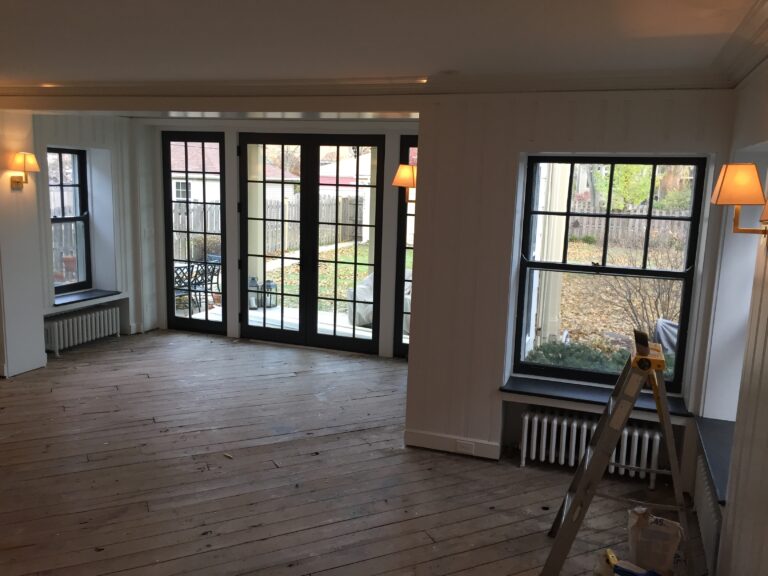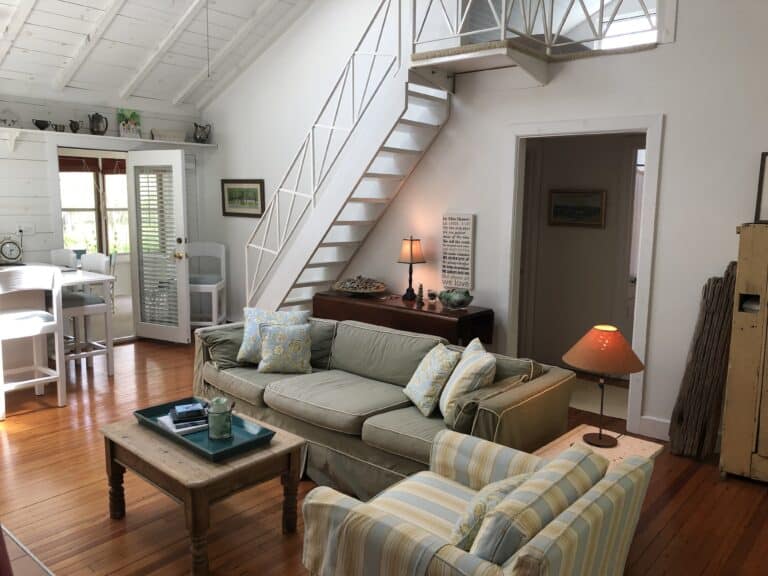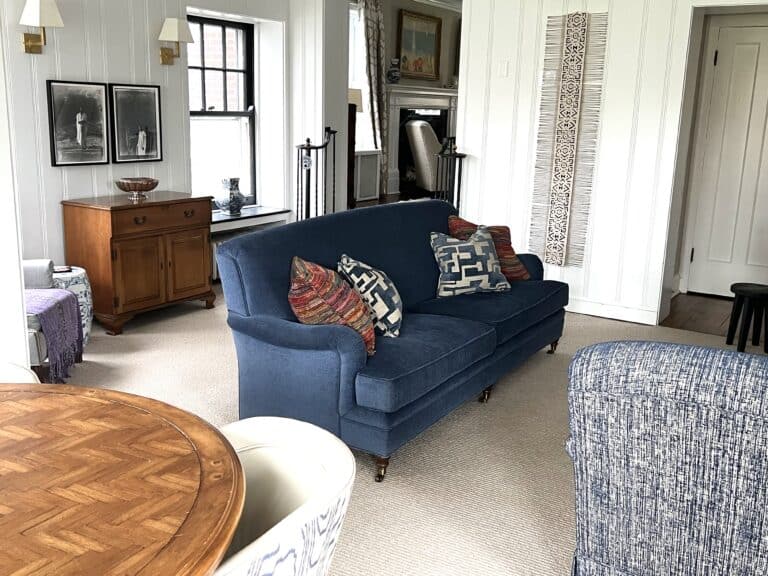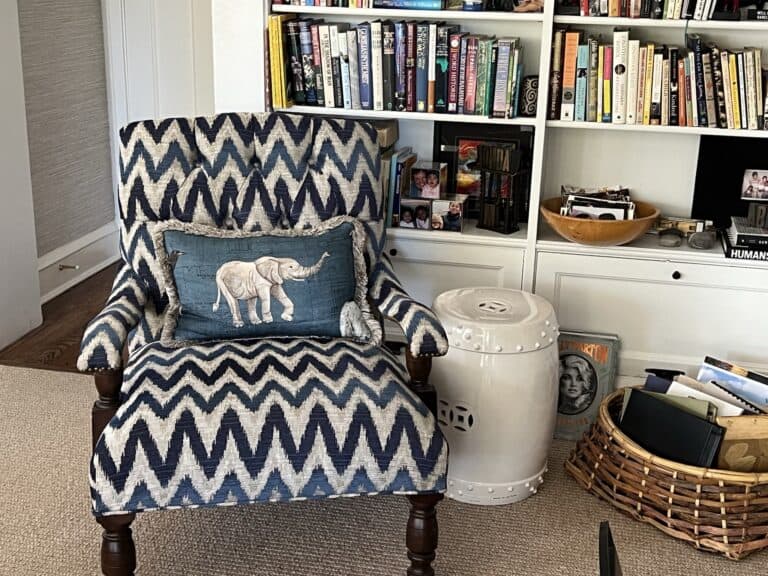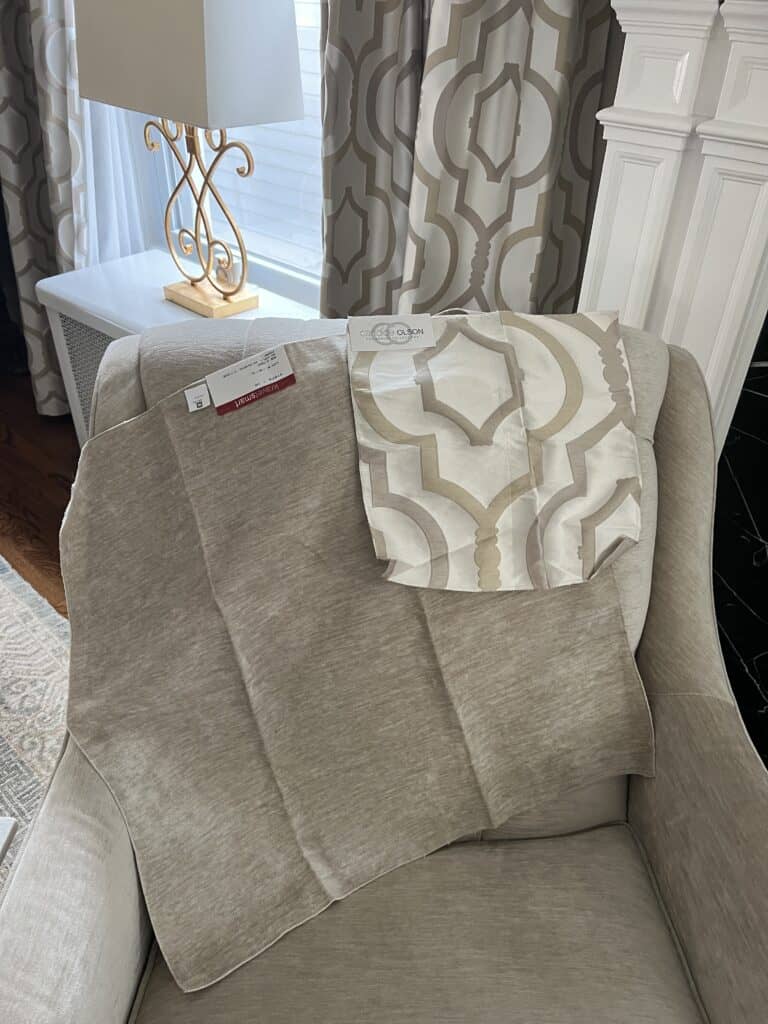We know it when we step inside a home that feels cohesive and unified…it flows. There is a feeling of ease that actually calms your nervous system. This is interior design flow — and its one of the trickiest things to achieve. Professional Interior Designers are experts at this. If you’re like me, a lay person, who loves design, but has no formal training, then these tips might be for you in creating interior design flow from room to room.
What is Interior Design Flow?
Let’s first think about our goal – and what exactly we are trying to achieve. The notion of interior design flow is a bit “you’ll-know-it-when-you see-it”. And, honestly, you might feel it before you see it. In marketing we would call it a “red thread” – the thing that connects elements of a brand together. It’s consistent elements that you use strategically to tie multiple, larger elements together.
In your home, each room generally has a different function and you don’t necessarily want them to look the same. Rather, the goal is to create a sense of unity between rooms. Here are five ideas to get you started on creating a seamless flow of design continuity in your home.
Focus on the Main Living Areas
While these ideas can be carried through to any room, I’m going to focus on creating interior design flow in the main living areas. Think of the living room, dining room, family room and the connecting spaces, like halls and stairways. Bedrooms are often individual to the person. And if you have kids, or teens, they will want the freedom to personalize their space.
Focusing on the main living areas of your home will go a long way in creating a cohesive feel between the rooms.
Five Ideas to Help You Create Interior Design Flow
1) Know Your Design “Vibe”
Whether it’s looking at magazines, Instagram, Pinterest or Houzz, you should spend some time determining what you like. Analyze the pictures and try to pinpoint what you like about the different rooms you’re choosing. You will see a pattern emerge. Then make note of those design elements. Is it clean, cozy, modern, antiques, mid-century, etc., etc.
There is bit of an art to analyzing a room. For this reason, I prefer magazines and design books, which I can refer to again and again. Each time, I see something different. When I find a room I like, I first take in the overall impact, then break down those individual elements.
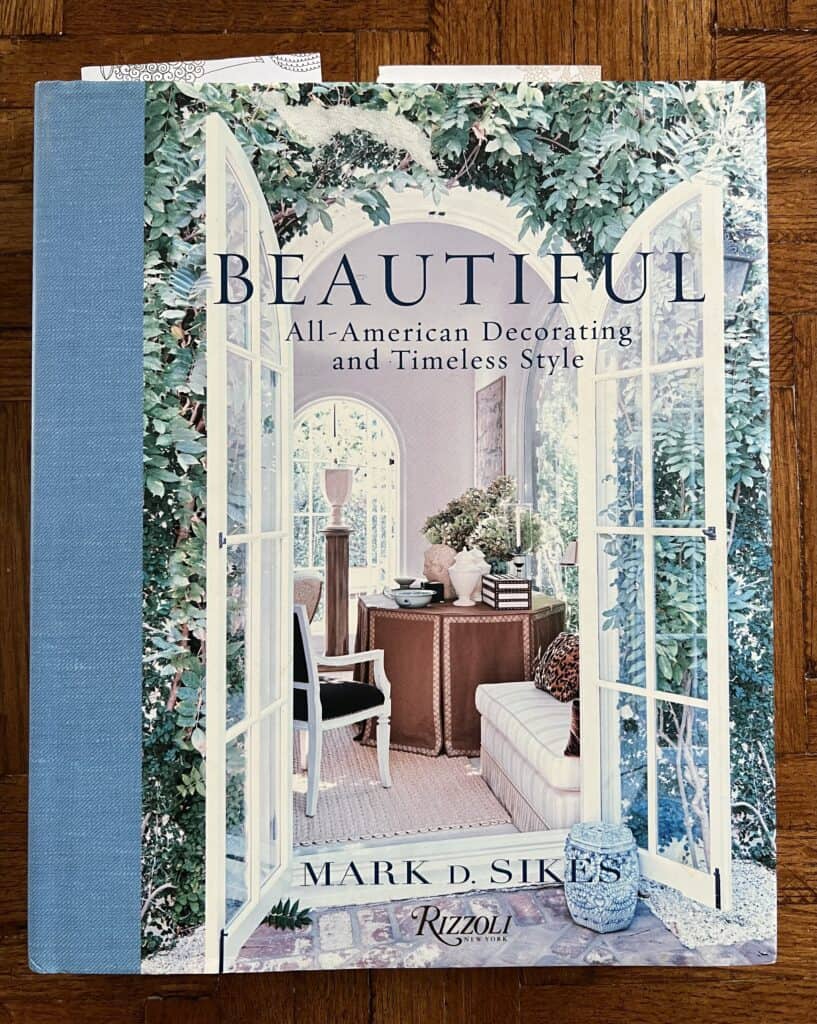
I go from big to small. First noticing the walls and floors. Then move on to the large objects in the room — sofa, chair, tables, coffee table. What are the lines? Which have legs and skirts (as I talked about in this post). Then look at the fabric on those pieces. What are the different fabrics, and how do they relate to each other? Are they solids, patterns, texture? What is the weight, the color? What are the dominant colors vs. the secondary and accent colors?
Once you’ve identified those elements in the photos, think about how it translates to what you like. Through this process you will begin to hone in on your style and preferences.
2) Choose a Color Palette
A part of knowing your design vibe will be looking at the various colors and determining what you are attracted to. Also, look at your most precious pieces – whether it’s a favorite piece of artwork or a family heirloom. Once you have identified this you’ll need to start playing around with colors in paint and fabric samples. You’re going to be looking for both foundational colors and accent colors.
Create a Canvas with One Main Paint Color
In my last two houses I have painted all the main areas in the same neutral color. This covered the living room, dining room, entryway, stairway and upstairs hall. Having everything in the same neutral color created a foundational consistency that I could build on.
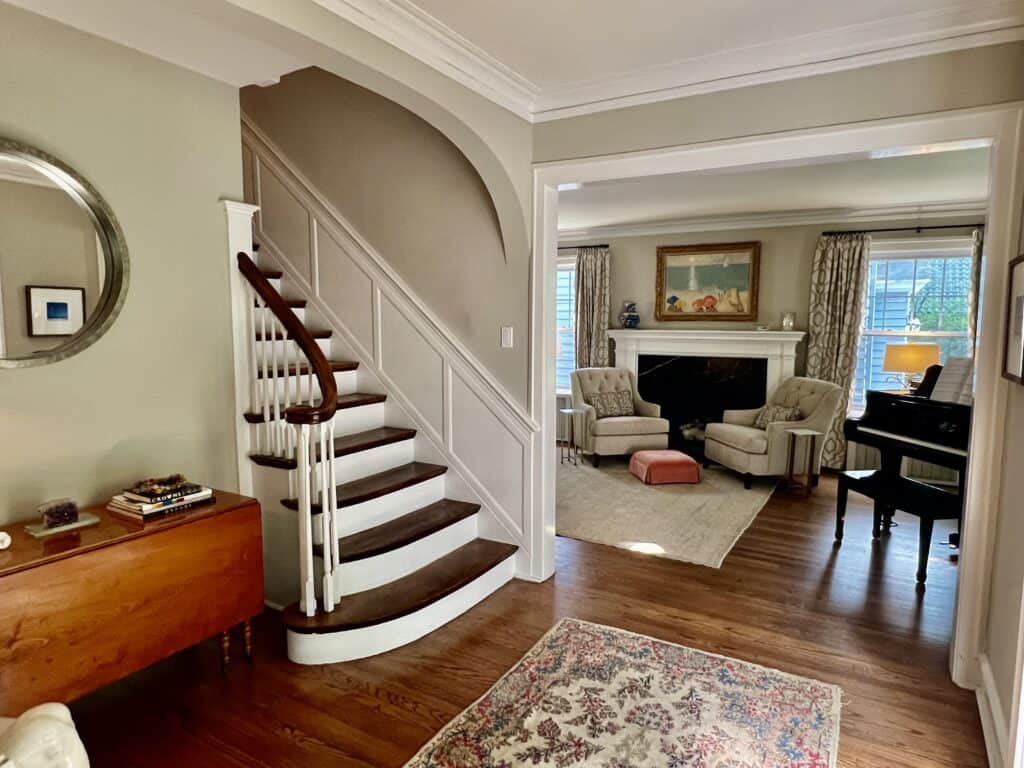
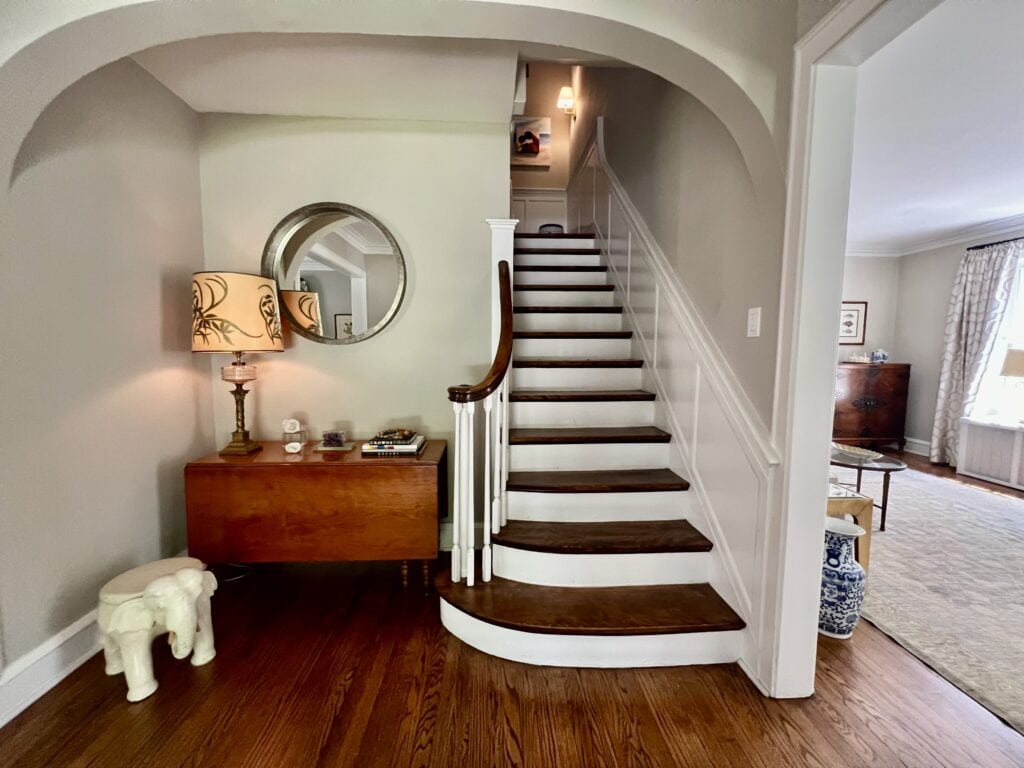
3) Upholstery Fabric
I have a fabric obsession—I admit it. Fabric is one of the things that makes the biggest impact on your home. I LOVE mixing different textures and weights in a room. Additionally, I have to admit that I love “designer” fabrics. These are fabrics that are mainly available “to the trade”.
In your quest to create interior design continuity, fabric can be the element that does double duty. It can carry or complement your primary and secondary color palate. And, it can help delineate the function of a room or tell as story (as I wrote about in this post) – the living/sitting room might have more formal fabric than the family room or den.
Accent pillows can be a way to literally use the fabric to extend the flow. Have extra pillows made with your fabric, in varying sizes. Then you can use them as the “red thread” between rooms. I pulled fabric from the family room game table chairs into the living room. It’s a subtle thing, but creates a link between the two rooms that adds to the flow.
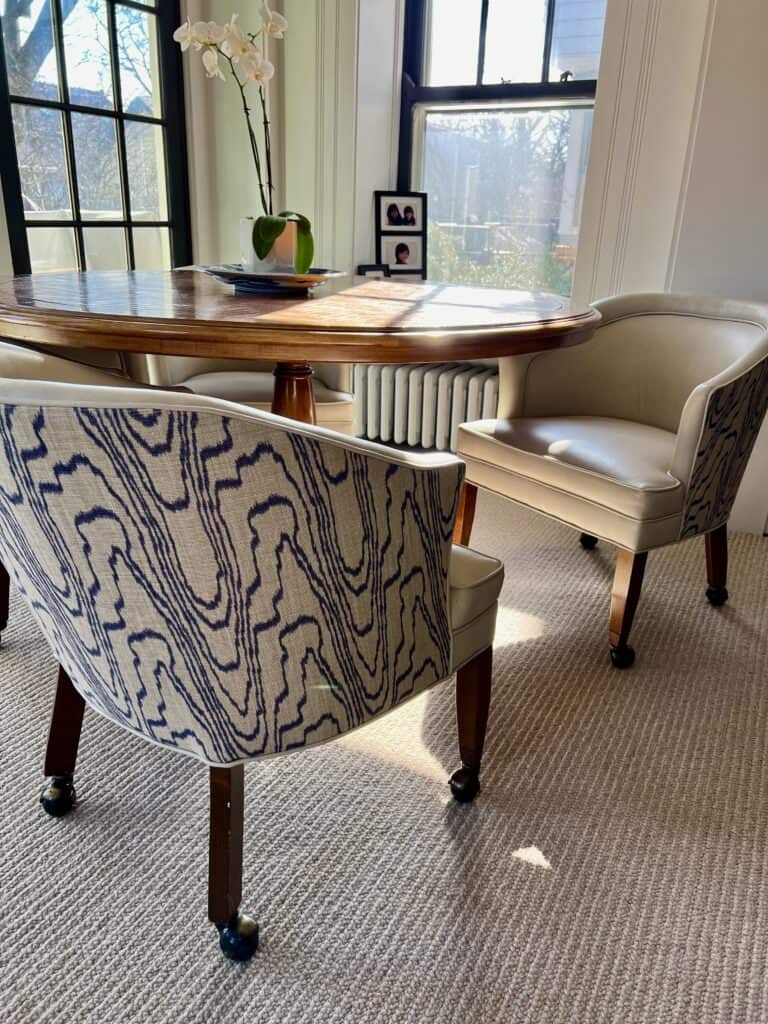
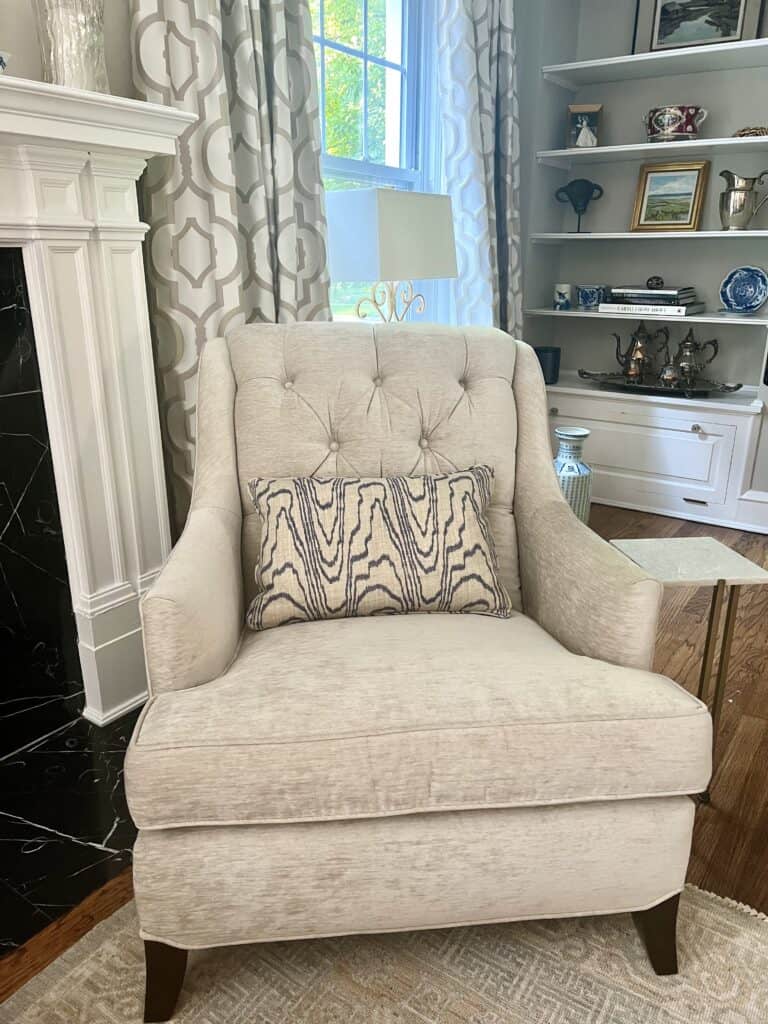
4) Light Fixtures, Metals and Finishes
Even though each room will have different lighting requirements, you can still foster that sense of continuity with a few different elements.
Metals – I have upgraded the light fixtures throughout the house. When it was time to change, I chose the same brushed brass/gold tone for all fixtures. Similarly, I’ve repeated the brushed gold with all handles, fixtures and drawer pulls throughout the house.
Lighting – Your lighting does not need to be “matchy”, between lamps, sconces and other fixtures. You want to have some variety, but try to maintain a few elements of consistency to enhance the feeling of continuity or flow. You can mix the types of lamps/fixtures, but you want the overall light to be consistent.
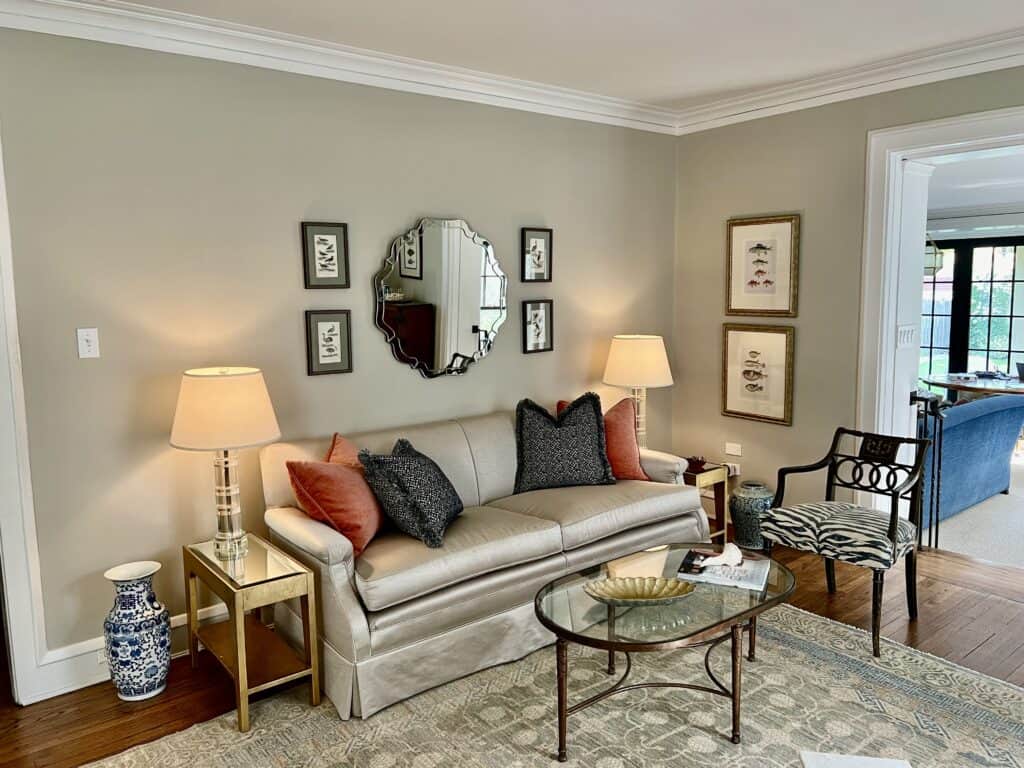
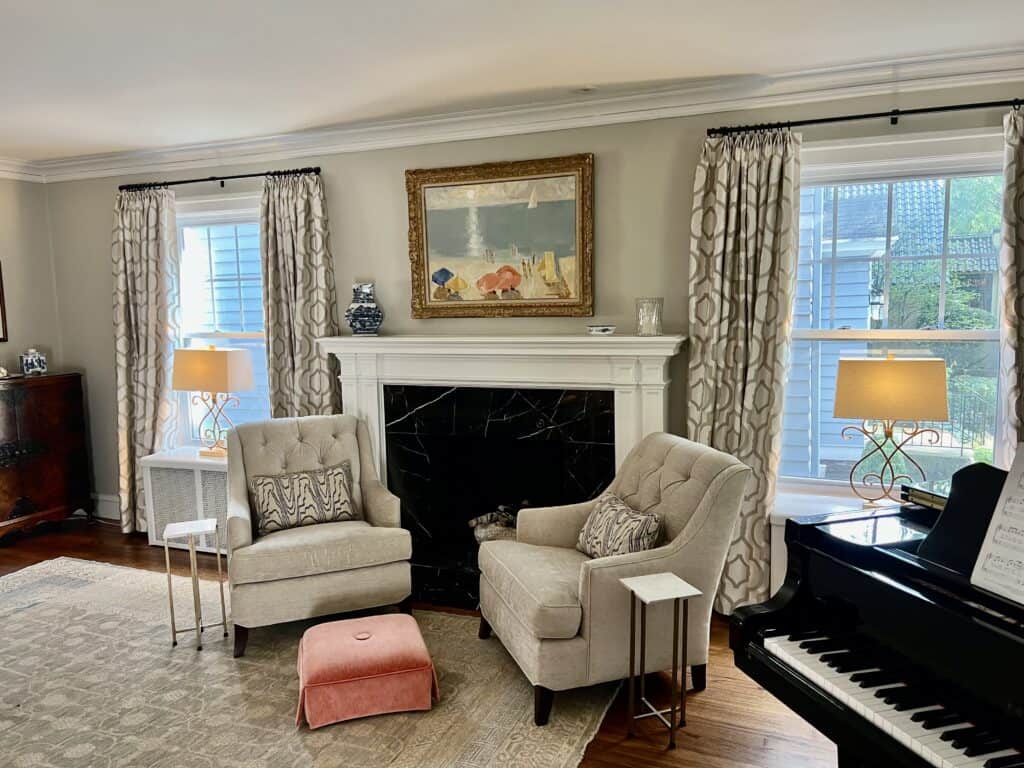
It’s okay to make exceptions, but keep something consistent. In the case of my grandmother’s hand-painted lampshades, these are antique and they give off a more amber color. However, the metal is still gold. It’s a design choice to use a distinctive lamp that I love, even if the light it casts is slightly different.
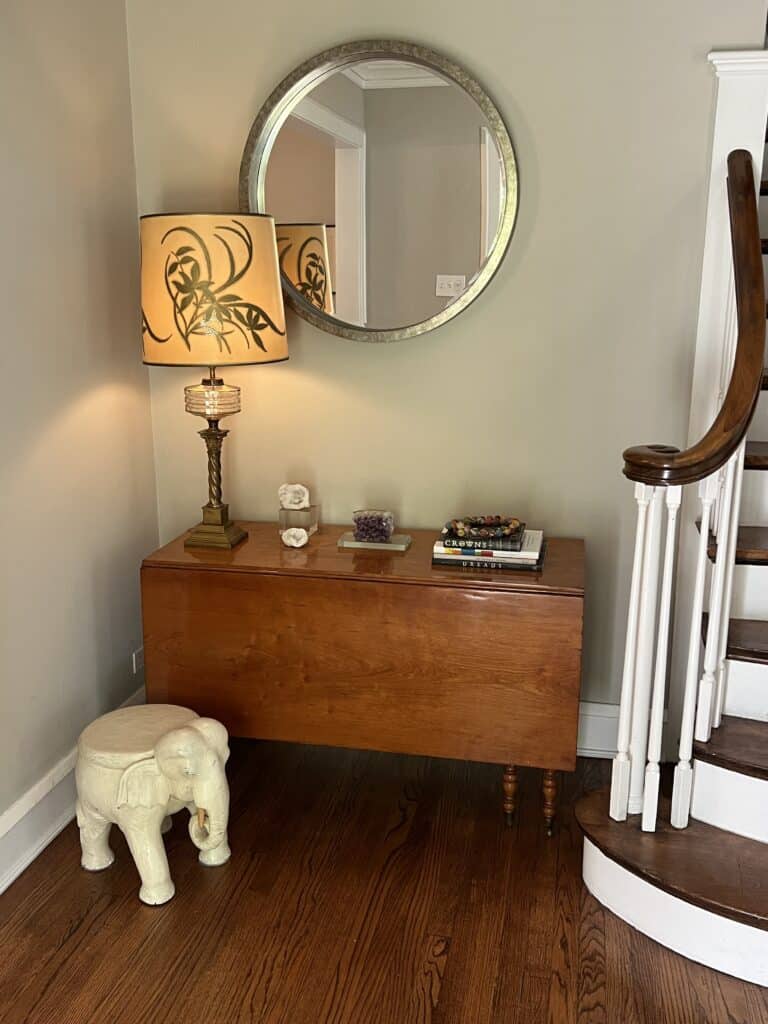
5) Showcase Your Treasures
Accessories are one of the main things that are going to make your home unique to you. It’s where you can showcase those treasures that have meaning to you – and make your home more personal and special. Look at those treasures and take inspiration from them. Is there an accent color that can be incorporated throughout?
For me, it’s the love of water and, in particular, peaceful blue bodies of water. This is reflected in the artwork I choose (no stormy water scenes!) and my color choices. The colors from these scenes show up in my fabric choices and other accent pieces.
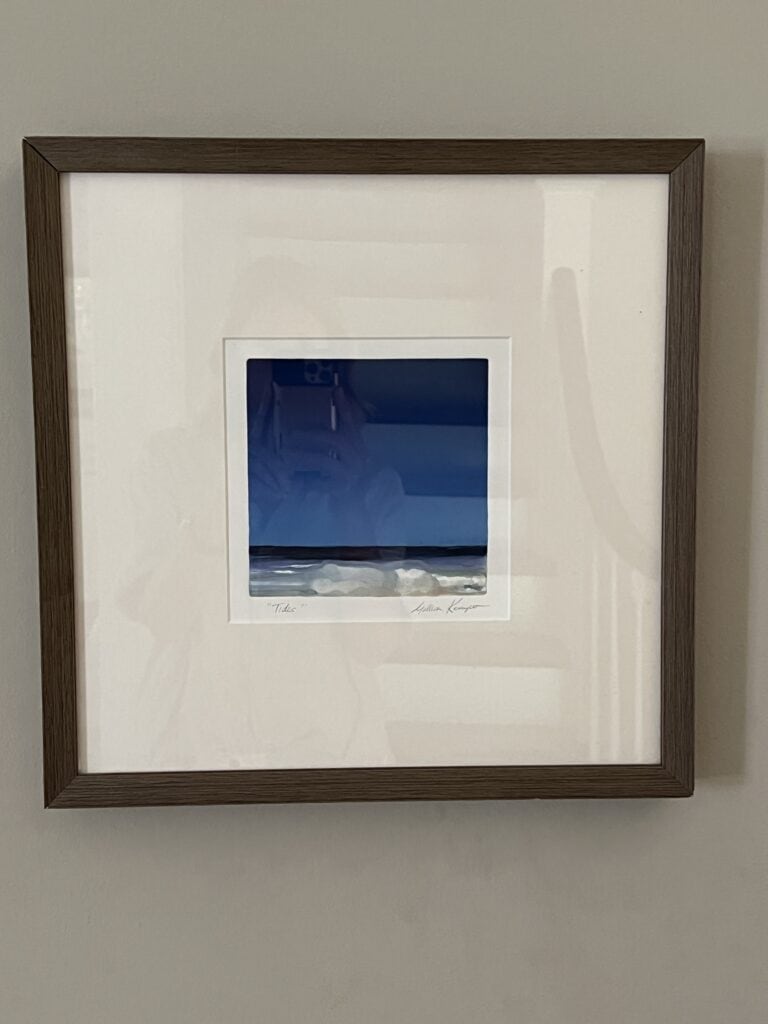
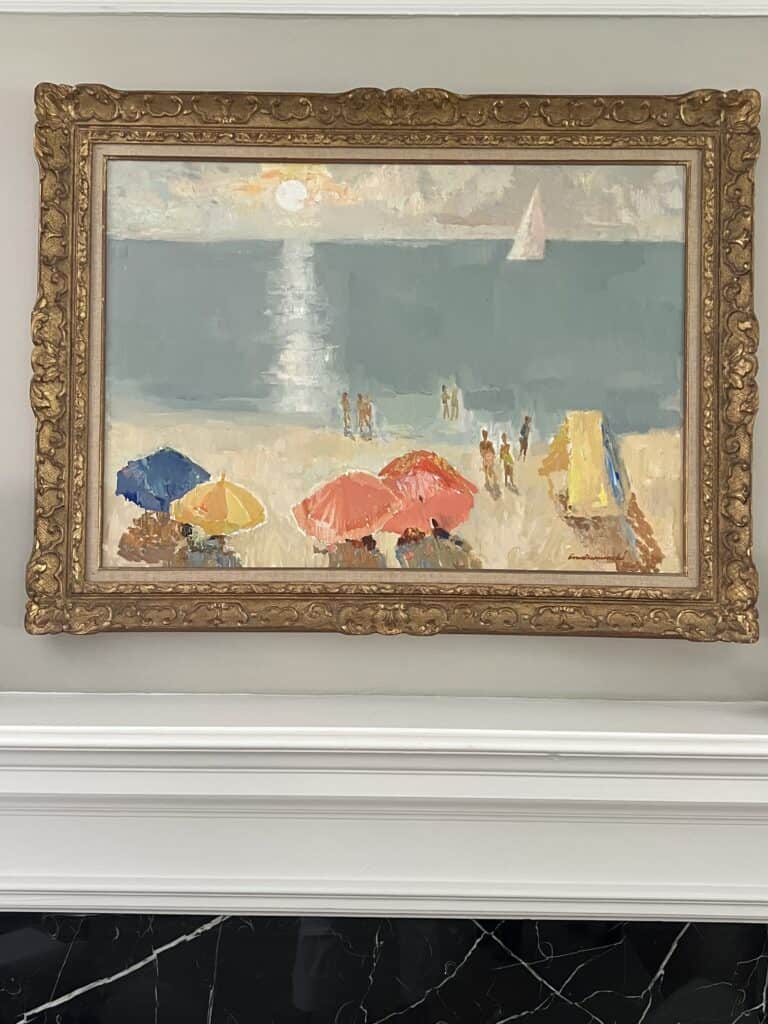
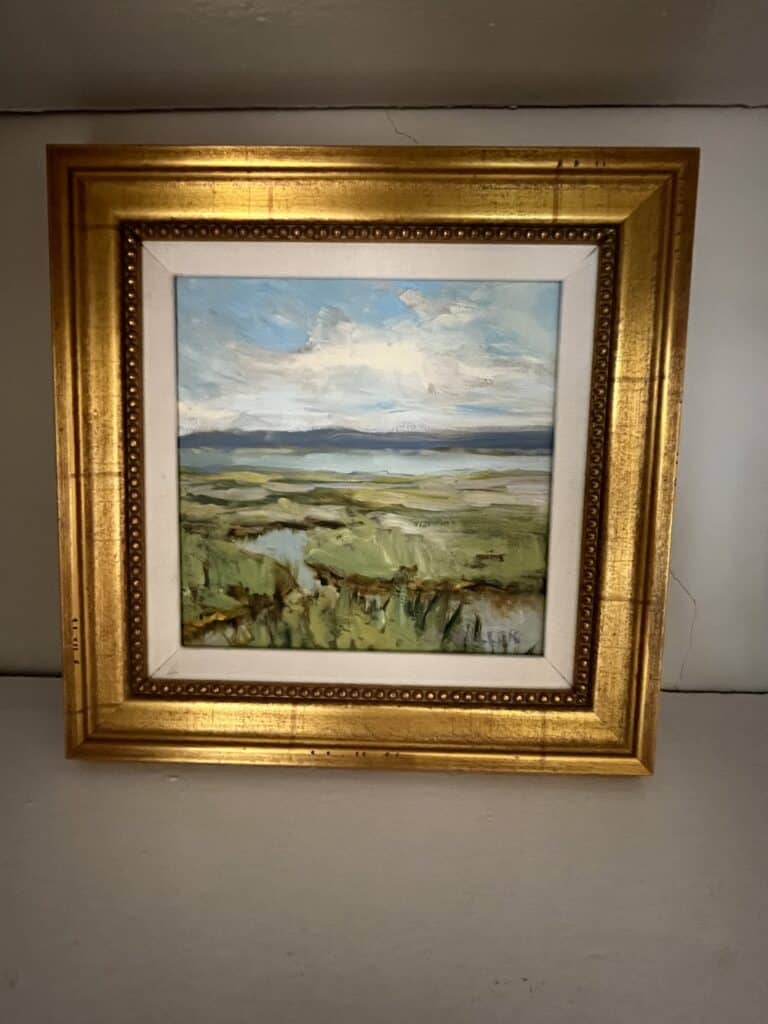
Two other themes I have incorporated also relate to water. They are things from nature, mainly shells collected from the area of Florida where my family has visited my whole life and antique fish prints.
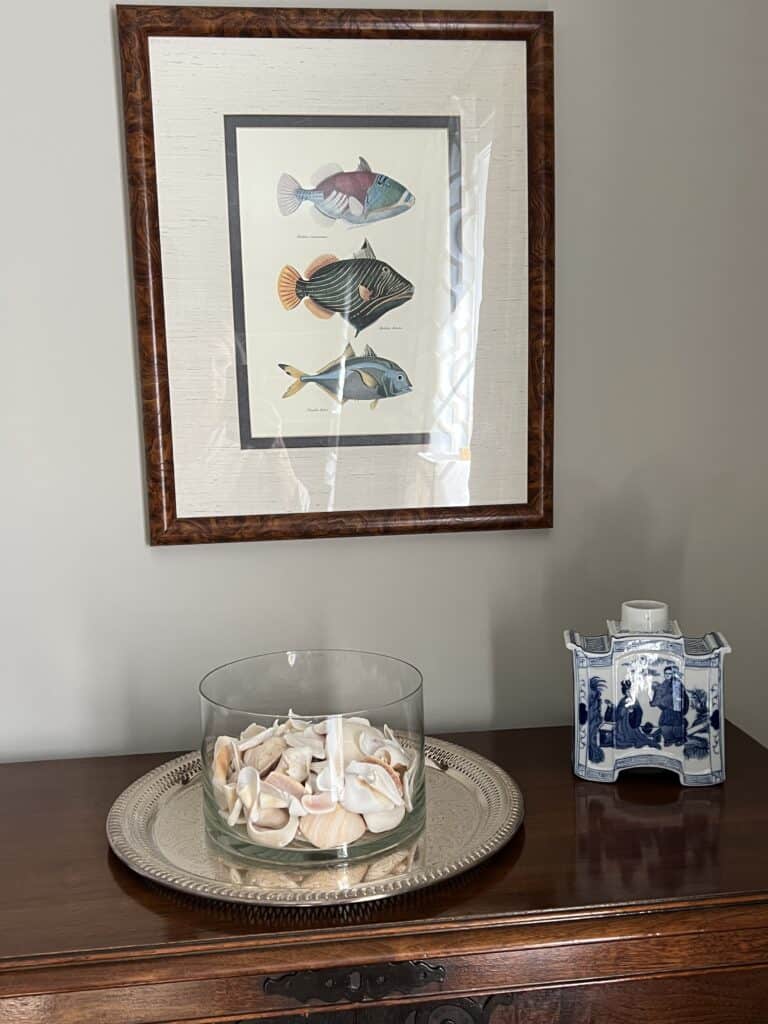
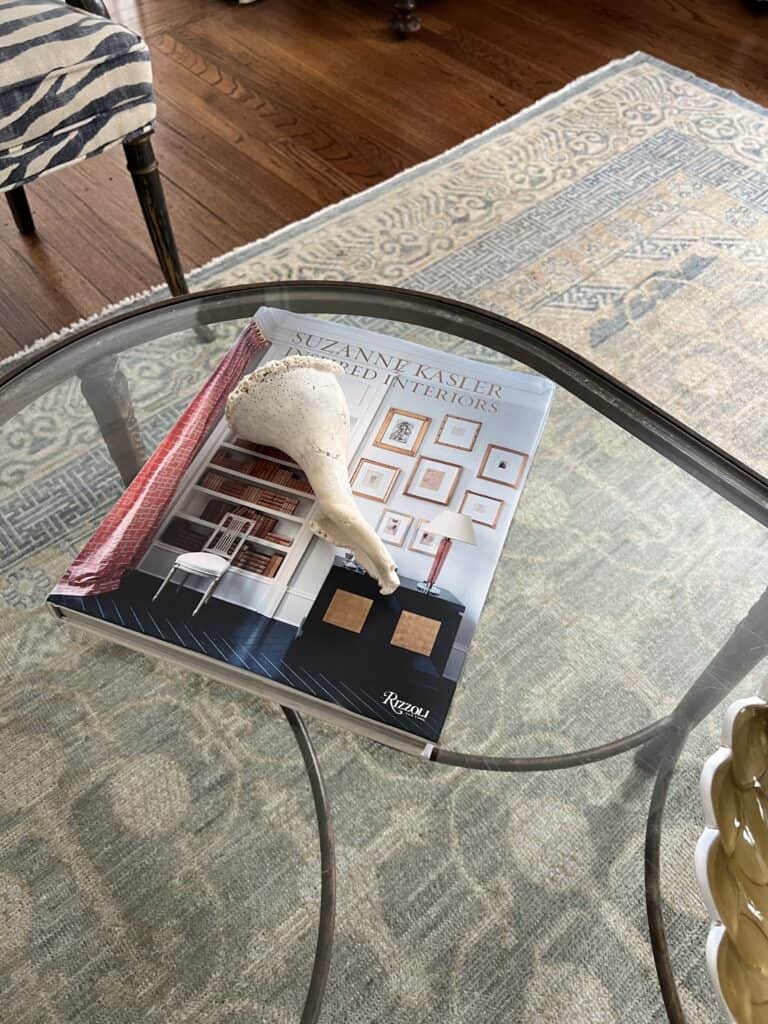
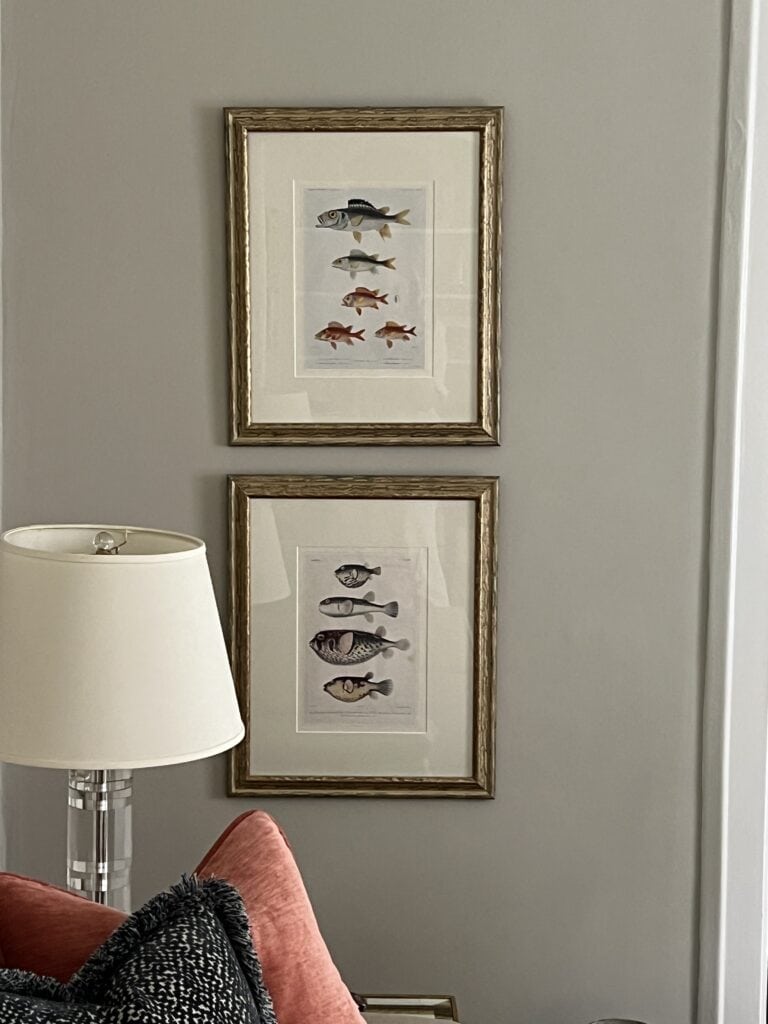
The other big driver of my interiors is blue and white pottery, which I also share with one of my design inspirations, Mark D. Sikes. These have even driven the design direction for our family room and it’s foundational blue, as I wrote about in this post.
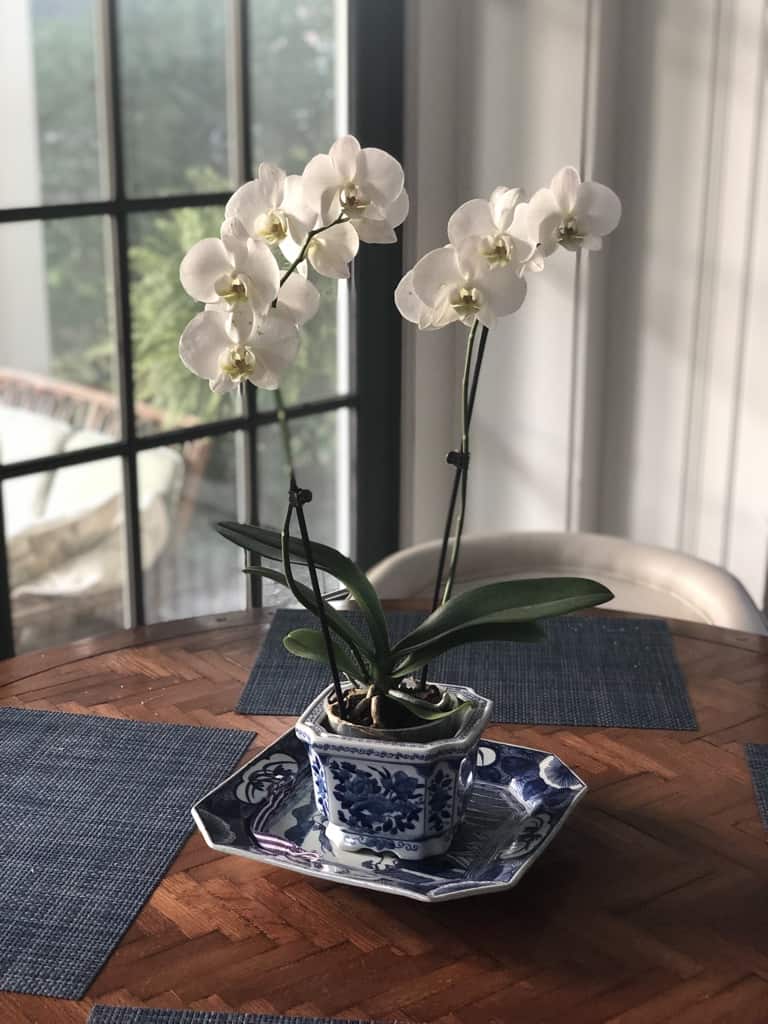
You Too Can Create Interior Design Flow in Your Home
The first step to creating continuity throughout your design is being aware of it and knowing it’s something you’re trying to achieve. Believe me, if you start thinking about these five elements, you’ll be well on your way.
And, don’t get stressed, you’re not after the perfection of a magazine photo –you’re after a comfortable space that you love. Take your time and have fun with it.
WETSU! WETSU!
XO JT

